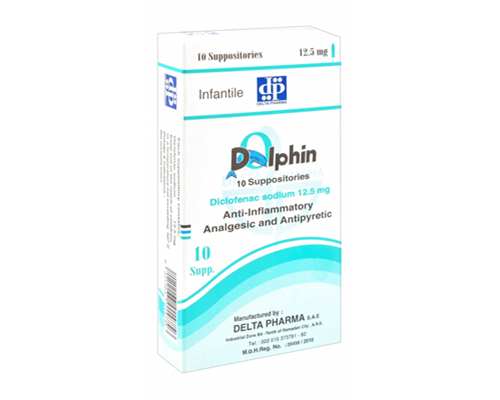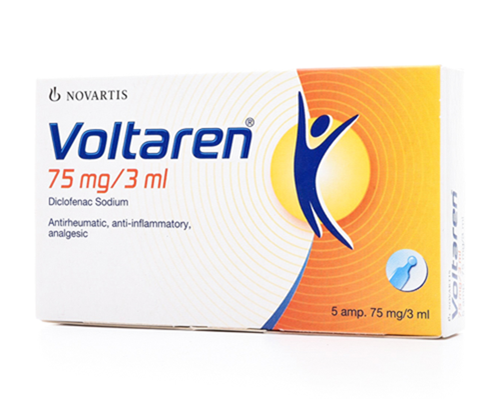Description
Trade name:
Cataflam
Compound:
Each film-coated tablet contains:
Diclofenac potassium 25 mg.
Excipients: magnesium stearate, povidone, colloidal silicon dioxide, sodium starch glycolate, corn starch, calcium phosphate, microcrystalline cellulose, polyethylene glycol 8000, iron oxide red, titanium dioxide, talc, sucrose.
Properties:
Diclofenac potassium belongs to non-steroidal drugs with pronounced antirheumatic, analgesic, anti-inflammatory and antipyretic properties.
Indications:
Osteoarthritis, low back pain, acute musculoskeletal disorders and injuries, bursitis, sprains, strains and dislocations, relief of fracture pain, ankylosing spondylitis, acute gout, rheumatoid arthritis, migraine attacks. Painful and/or inflammatory conditions in gynecology, such as primary dysmenorrhea or adnexitis. Control of pain and inflammation in orthopedic, dental and other minor surgeries. Short-term treatment of fever associated with ear, nose and throat (ENT) infections, such as pharyngotonsillitis, otitis media.
Method of administration and dosage:
For oral administration, the tablets should be swallowed whole with liquid, with or after food. The lowest effective dose to control symptoms is used: the recommended daily dose is 100-150 mg in 2 or 3 divided doses. In milder cases, 75-100 mg per day in 2 or 3 divided doses is sufficient. In primary dysmenorrhea, the daily dose is usually: 50-150 mg. An initial dose of 50 mg is usually sufficient. If necessary, an initial dose of 100 mg can be prescribed with a maximum of 200 mg/day achieved over several menstrual cycles. Treatment should be started at the appearance of the first symptoms and continued for several days. In migraine, the initial dose is 50 mg – at the first sign of an attack. If relief does not occur within 2 hours after the first dose, an additional dose of 50 mg can be taken. If necessary, additional doses of 50 mg may be taken at intervals of 4-6 hours, not exceeding a total dose of 200 mg per day.
For adolescents aged 14 years and older, a daily dose of 75 to 100 mg divided into 2-3 doses is usually sufficient. The maximum daily dose should not exceed 150 mg.
Contraindications:
Children under 14 years of age; hypersensitivity to any component of the drug, aspirin; severe cardiac, hepatic, renal failure; bradycardia, severe arterial hypotension; gastric bleeding; pregnancy, lactation.
Precautions:
In case of liver diseases, the drug should be discontinued. Patients with heart and vascular disorders should be under the supervision of a physician during therapy. Weak and elderly patients, patients with low body weight should use minimal therapeutically effective doses. Before prescribing the drug, it is necessary to undergo a clinical examination of patients with peptic ulcers; with a history of intestinal bleeding; with liver and kidney damage, including in the history; with high blood pressure. In case of bronchial asthma, hay fever, acute and chronic respiratory pathologies, in patients with nasal polyps, taking the drug can cause asthma attacks. Treatment of these conditions is symptomatic.
Side effects:
Headaches, dizziness; vertigo; tachycardia/bradycardia, arterial hypertension, arrhythmia, heart failure; abdominal pain, vomiting, cramps, flatulence, nausea, diarrhea, dyspepsia; fluid retention, edema; rash, Quincke’s edema.
Storage method:
Keep out of reach of children.









